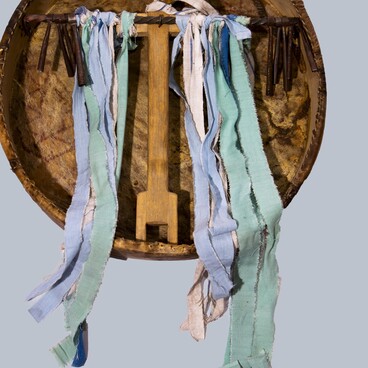Vyacheslav Bubnovich (1940–2020) was born into a family of ethnic Poles in the Tomsk Region. After studying at a tradesman school, he worked at a factory, while also playing in an amateur brass band as a violist, clarinetist, and French horn player.
Vyacheslav Bubnovich received his musical education at the Tomsk Regional Music College and later at the Ural State Conservatory named after Modest Mussorgsky. After graduating in 1969, the musician moved to Barnaul, where he got a job at the Altai Philharmonic. For over two decades, he performed as the soloist and concertmaster of the bassoon section and also performed solo. In the 1990s, he taught at the Barnaul Children’s School of Arts.
In 1978, Vyacheslav Bubnovich became the first Altai Krai musician to be awarded the title “Honored Artist of the RSFSR”.
Vyacheslav Bubnovich dedicated more than 30 years to his major project — designing a modern bassoon. This reed aerophone instrument is used by solo performers, ensembles, symphonic orchestras, and, less often, brass bands.
The Russian name for the bassoon — “fagot” — comes from the Italian word “fagotto” meaning “a bundle of sticks” which is similar to the way the disassembled instrument looks. The bassoon consists of three cylindrical joints: the long one ends with a bell, while the small one has a crooked tube at the end, with a reed attached to it.
The bassoon was invented in the first half of the 16th century and its design remained almost completely unchanged for several centuries. Vyacheslav Bubnovich managed to discover the new potential of the instrument. His work resulted in 21 inventions, nine of which are protected under the USSR copyright law and two are patented in the Russian Federation.
The craftsman equipped the instrument’s body with 26 sound holes and keys, which are connected to the covers using rollers and levers. After that, the performers were able to produce high sounds easier, the range of the instrument was expanded, and the fingering became more convenient for fast passages.
In the course of his work, Vyacheslav Bubnovich
proved himself as a talented design engineer and musical instrument maker. He
also suggested composing pieces specifically for the bassoon and was the first
to perform them. He demonstrated his innovations at concerts and meetings with
musicians and admirers of music.




